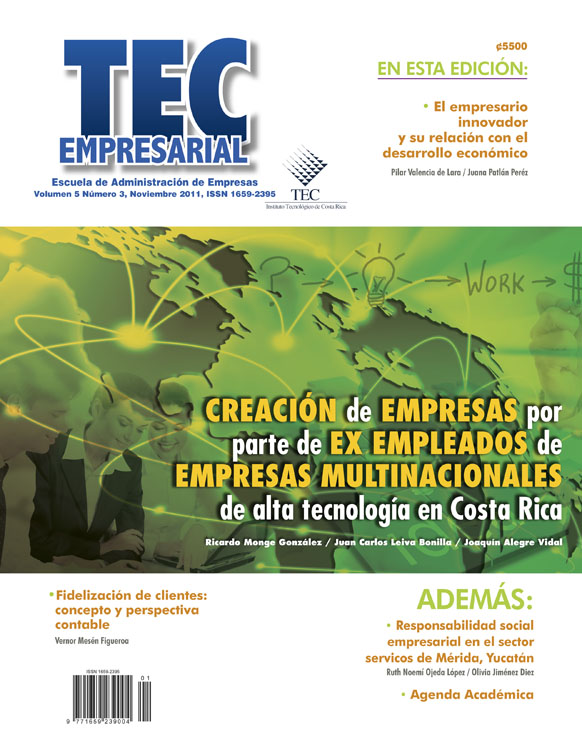Fidelización de Clientes: Concepto y Perspectiva Contable (Customer Loyalty: Concept and accounting perspective)
Main Article Content
Abstract
El cambio en los patrones de conducta de los consumidores,producto del mayor acceso a la información, se ha traducidoen clientes mucho más exigentes y sofisticados en susnecesidades, y mucho menos leales a una marca, producto oservicio en particular afectando directamente los negocios delas empresas, lo cual ha ocupado la atención de los empresariosque han buscado contrarrestar estos comportamientoscon “Programas de Fidelización de Clientes”. En la actualidad,dichos programas son muy comunes en el entorno de los negociosy en esto radica la importancia de conocer las características,formas de operación y las normas contables que seaplican para el registro, presentación y revelación de este tipode programas. Este artículo pretende brindar un acercamientoen esta materia, que se encuentra regulada en la Norma Internacionalde Contabilidad No. 18 “Ingresos Ordinarios” y secomplementa con lo dispuesto en la Interpretación de las NormasInternacionales de Información Financiera (NIIF) No. 13“Fidelización de Clientes”.
ABSTRACT
The change of consumer´s behavioral patterns resultingfrom a greater access to information has led to more demandingand sophisticated customers caring to their needsrather than to brand, product or service loyalty, directlyaffecting companies’ businesses, and leading managers tofight back by creating “Customer Loyalty Programs”. Todaysuch programs are very common in any business environmentand thus it is very important to know their characteristics,operating procedures and accounting norms appliedto the recording, presentation and disclosure of theseprograms. This article presents an approach to this matter,regulated under International Accounting Standard No. 18“Revenue” and is complemented by the International FinancialReporting Standards Committee (IFRIC) No. 13“Customer Loyalty Programs"
Article Details
The digital version of the journal is registered under the BY-NC-ND 4.0 Creative Commons license. Therefore, this work may be copy and redistribute the material in any medium or format, as long as you give appropriate credit, provide a link to the license, and indicate if changes were made. You may do so in any reasonable manner, but not in any way that suggests the licensor endorses you or your use.
The authors keep the copyright and give the journal the right of the first publication and the possibility of editing, reproducing, distributing, exhibiting and communicating in the country and abroad through printed and electronic means. On the other hand, the author declares to assume the commitment on any litigation or claim related to the rights of intellectual property, exonerating of responsibility to the Business School of the Costa Rica Institute of Technology.


